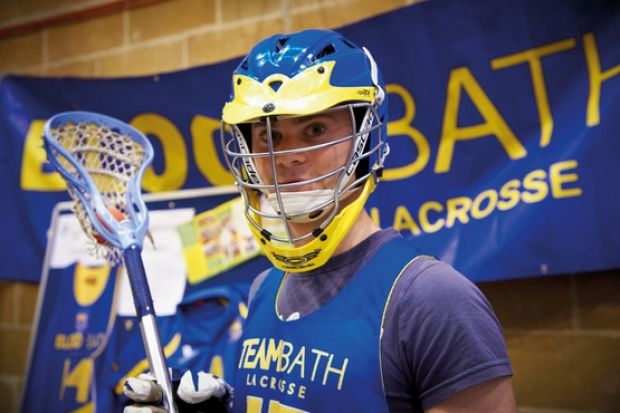Has the advent of England’s £9,000 undergraduate tuition fees led to students having increased expectations and demands? According to Philippa Levy, deputy chief executive of the Higher Education Academy, there is as yet no solid evidence from the sector about the impact of fee rises on student expectations.
“But developing learning and teaching experiences that are really excellent value for money is right up there on institutional agendas,” she says.
Institutions in our top 10 have already been prioritising an enhanced student experience for some time. Amanda Chetwynd, Lancaster University’s pro vice-chancellor for colleges and the student experience, says: “Expectations have been changing over the past five years rather than just in this last year, with a strong interest in employability.”
And existing initiatives appear to be bearing fruit: Lancaster, for example, is maintaining its high application levels, while the University of Bath reports an ongoing rise. But even institutions with healthy intakes dispute that fees have resulted in a significant windfall.
Professor Bernie Morley, Bath’s pro vice-chancellor for learning and teaching, says: “We’re not hugely better off, because of the cuts to the funding grants, and we have a science and engineering base which is expensive to teach.”
Universities also find it difficult to quantify how much of the new funding stream is earmarked for enhancing the student experience. But the building trade is being kept busy with campus improvements.
Bath made an impressive leap in our survey from 21 last year to six, which Morley thinks may be in part due to a £100 million investment on a state- of-the-art teaching block and other facilities. “That’s not in response to fees but because we’re growing in a measured way so need these facilities.”
Lancaster, which has risen from 19 to 10, has invested some £450 million over the past few years, much of it in teaching and learning facilities. It has also recently completed a new sports centre, including a climbing wall designed with the help of its chancellor, the mountaineer Sir Chris Bonington.
The extra-curricular side is seen as an important draw. The University of East Anglia is proud of its Sportspark, the UK’s largest indoor sports venue, with an Olympic-sized pool, and its Sainsbury Centre for Visual Arts. The University of Oxford claims to have more sports clubs than almost any other university in the world, and an equally broad range of other student societies.
Rachel Wenstone, vice-president for higher education at the National Union of Students, says: “Involvement in clubs and societies is proven to support retention and the growth of leadership skills.” But the NUS has a number of concerns about the impact of fees, not least that funds are being diverted to recruitment and marketing.
Paul White, pro vice-chancellor for learning and teaching at the University of Sheffield, says: “If you’re going to increase competition, you’re almost inevitably going to increase the emphasis that institutions place on marketing their product.” But this will vary according to how difficult recruitment is: White has seen no significant rise in Sheffield’s marketing budget and predicts that marketing will become more canny, using cheaper, digital media.
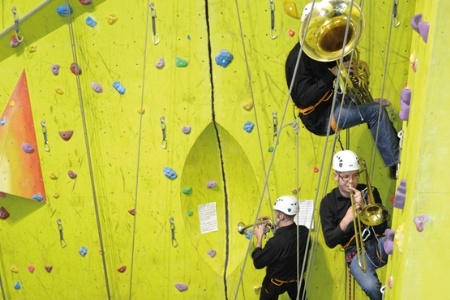
The University of Dundee remains in our top 10, but are Scottish universities disadvantaged by Scottish and European Union students not paying fees?
Robin Parker, president of the National Union of Students Scotland, says the funding gap has been bridged by a generous settlement from the Scottish government. And he says England is trying to play catch-up with Scotland’s quality enhancement system, which focuses on continuous improvement with students as partners. Partnership is a long-standing and stronger ethos north of the border, he believes, one Scottish innovation being the student-led teaching awards.
“One of the most damaging things about the introduction of tuition fees in England is the potential to turn students into customers. The market approach is pretty disempowering,” he says. “Having students relate to institutions as equal partners, with control of their own learning and influence over how the institution is run, leads to a much better quality of education and student experience.”
Levy of the HEA agrees. “It’s easy to slide into thinking of almost a service-provider model of higher education. But one thing we’re noticing more and more is an interest in enabling students to take a full role as members of an academic community.”
Graham Nicholson, deputy director of student services at the University of Dundee, where student participation is well established, says it is currently responding by setting up an employability and enterprise hub, bringing together all the relevant campus services. It is also introducing a high-profile first-stop inquiry point, offering information on everything from learning support to the writer-in-residence.
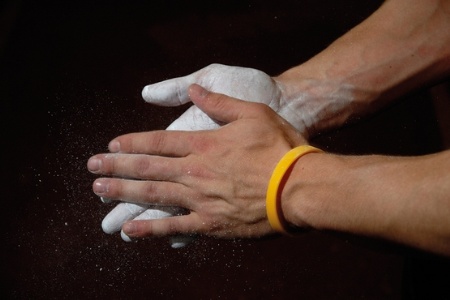
Chetwynd says that at Lancaster, “We don’t just listen to what the students want, we involve them in the design and creation of the things that we’re doing. That’s what the joy of my job is, because it is entirely working with students.”
UEA has an influential student experience committee while Morley chairs Bath’s student experience forum, bringing together students and professional and academic staff. It has spawned a project looking at induction and support in the first year: existing initiatives, such as advice on essay writing, are becoming a structured component for all students.
Teaching is growing in status at a number of institutions. Lancaster’s Chetwynd says: “In promotion criteria, teaching is explicit, definitely not an add-on.”
Edward Acton, vice-chancellor of UEA, says: “The great majority of our academics are in traditional research and teaching, but we have a significant minority whose vocation is about education, really thinking about the academic experience as their primary preoccupation.”
UEA, which pioneered small-group teaching 40 years ago, continues to invest in improving its staff-student ratio (SSR), from around 18:1 to 13.5:1.
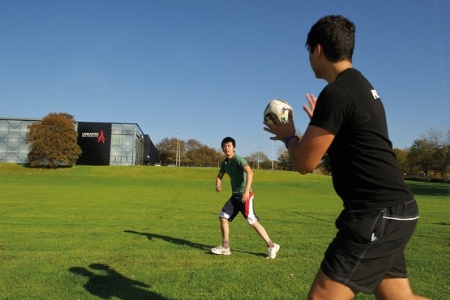
“There is something very deep in the DNA here that rewards and nurtures stimulating teaching. All the academics really mind that the students get a zing out of being taught by them,” says Acton.
Lancaster has also been improving its SSR. In 2008, it introduced an academic contact policy, updated in 2012, which sets a maximum of 15 in seminars, and establishes minimum contact hours and maximum turnaround for work.
Assessment and feedback is a major theme for the HEA. Levy says timeliness is crucial for student learning, and it is important to get formative feedback on work in progress before the summative feedback.
Institutions are also responding to students’ concerns about employability. “The thing all universities need to do is give students much more opportunity to make what they’re learning more relevant to the wider world,” says NUS Scotland’s Parker. He suggests undergraduates writing dissertations could be put in touch with local charities or small businesses, producing a useful piece of work.
Oxford has boosted investment in its careers service and internship office with programmes such as international internships and The Student Consultancy, through which students get valuable real-world work experience, helping to solve local businesses’ problems. A spokeswoman said: “These and other programmes help reassure Oxford students that they are still very much in demand so they work hard and enjoy their time here.”
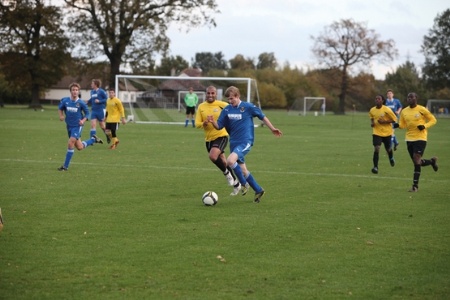
Sheffield has this year launched a languages-for-all programme, making 16 of the languages it teaches available to non-language students. “We want them to think of employability on a global scale, and this will improve their leverage,” says White.
Bath’s Morley says: “About 60 per cent of our students go on placements. They do better in their exams, they’re more mature, they command better jobs because of their experience, and many get offered jobs on their placements.”
UEA’s Acton says: “There’s a really strong upside to rising student expectations in the appetite for intense academic work. We will develop your talent to the full: it will be very demanding but it will give you a tremendous platform for later life.”
Wenstone states that there are two sides to student expectations and engagement: one is in learning and teaching and the other is the student voice which should be the role of the students’ union. NUS warns that educational engagement staff should not be involved in the student voice part.
“The concern is that universities are looking away from the collective legitimate decision-making body, and towards more atomised student surveys, more market forms of student feedback,” says Wenstone. “If universities did a better job working with their students’ unions, they would be in a better position to cater to what students care about as opposed to what they think students want.”
She concedes that a positive development is support for and investment in students’ unions. She ascribes this to greater emphasis on the quality of students’ experience and the new National Student Survey question on the standard of the student union. But she adds: “What is really fundamental to an incredible student experience is happiness, confidence, critical thinking and inspirational teaching, and you can’t measure that in a survey.”
